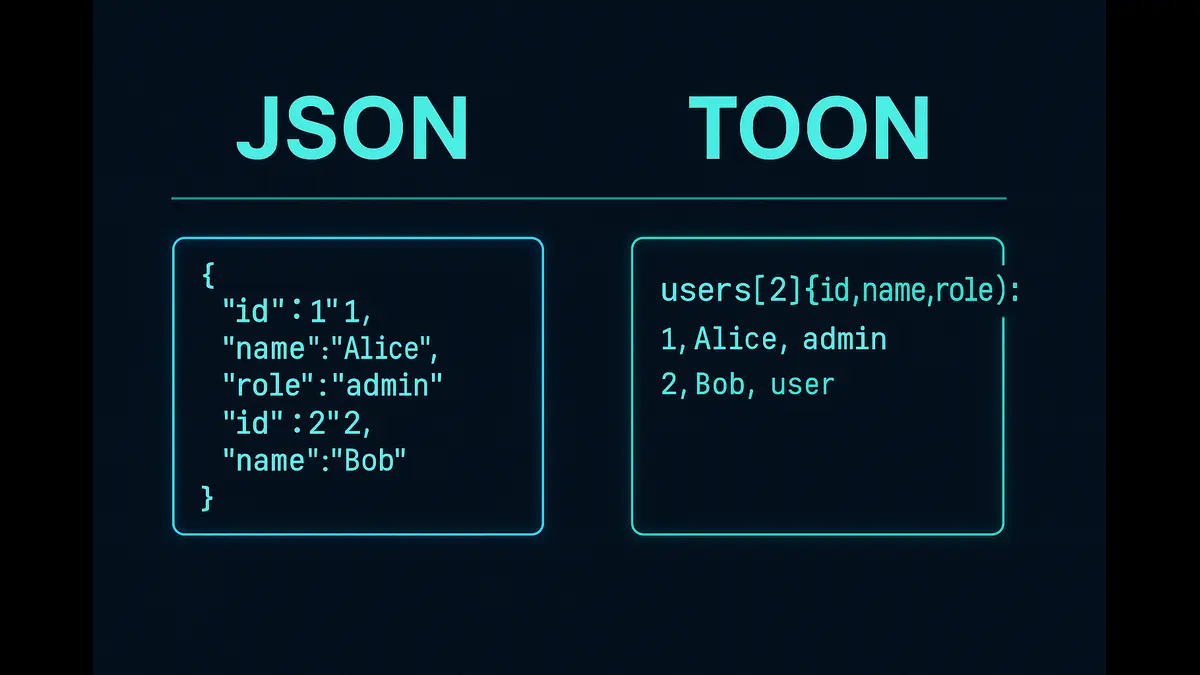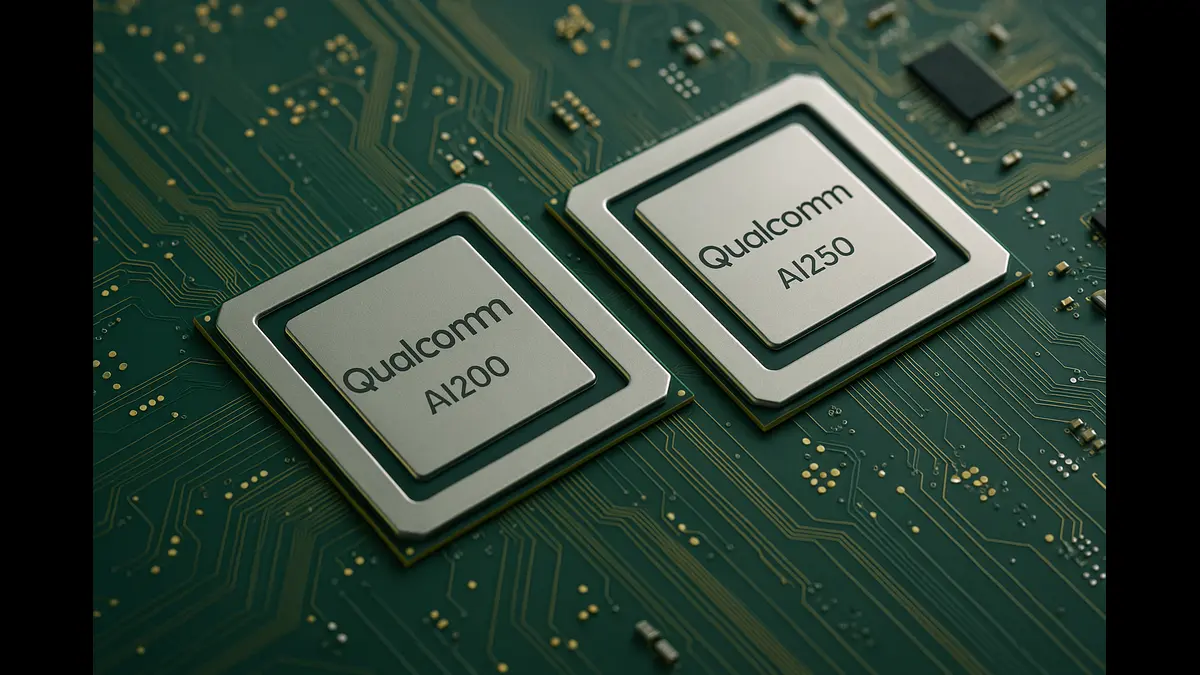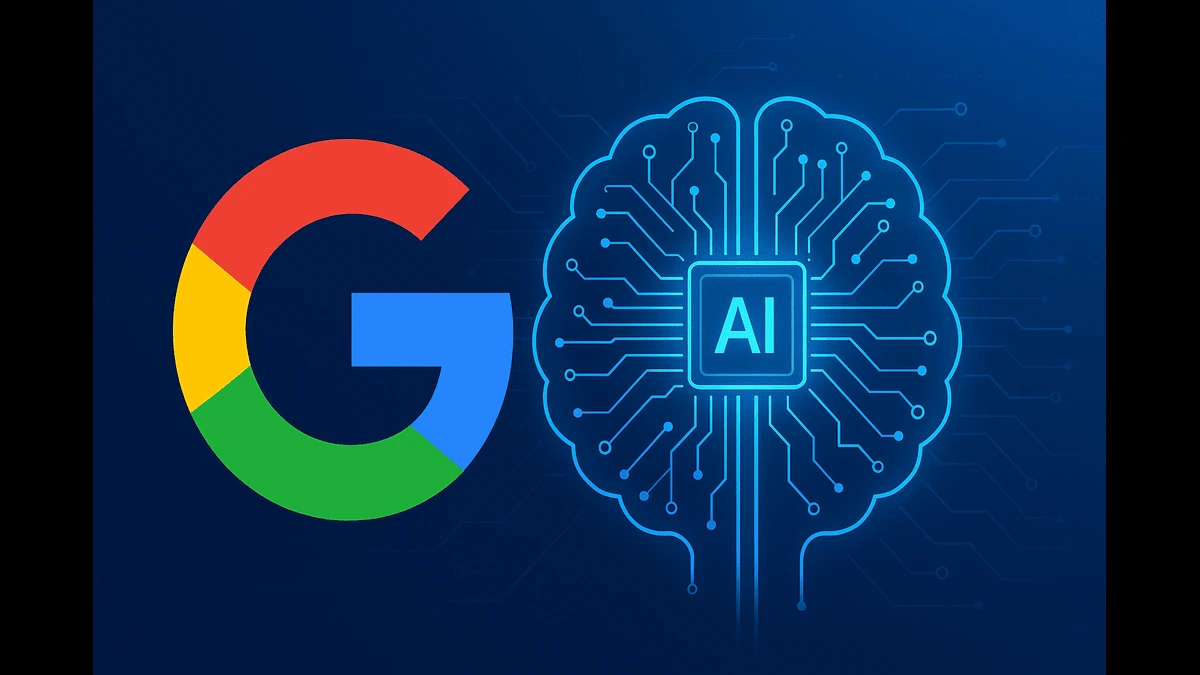
The U.S. risks losing AI leadership as the Trump budget proposes deep cuts to NSF, NIH, and DOE.
The United States stands at a pivotal moment in its technological history. The Trump administration’s proposed fiscal year 2026 budget, which includes significant cuts to federal funding for artificial intelligence (AI) research and development (R&D). This has sparked intense debate about the nation’s priorities in a rapidly evolving global tech landscape. These cuts, targeting key agencies like the National Science Foundation (NSF), National Institutes of Health (NIH), and Department of Energy (DOE), as well as the termination of the CHIPS Act, threaten to undermine U.S. leadership in AI—a field critical to economic growth, national security, and global competitiveness.
Here we try to explore the impact of the Trump administration’s proposed AI R&D budget cuts, the dismantling of the CHIPS Act, and the growing global competition from China, EU, and others in the AI race. It makes a strong case for sustained federal funding to protect U.S. tech leadership.
The State of U.S. R&D Funding
Federal R&D funding in the U.S. has long been a cornerstone of technological innovation. Historically, it has fueled breakthroughs like the internet, GPS, and the foundational algorithms behind Google’s PageRank and modern AI chatbots. However, currently the relative R&D spending to GDP is at historic lows. In 2020, it accounted for roughly 0.6% of GDP, down from 1.9% in the 1960s during the Apollo era. For fiscal year 2025, the National Science and Technology Council (NSTC) reported $3.316 billion in total AI funding, with $1.954 billion for core AI and $1.361 billion for cross-cutting initiatives. The NSF ($494 million), NIH ($309 million), and DOE ($187 million) are among the top contributors, alongside the Defense Advanced Research Projects Agency (DARPA) and Department of Defense (DOD).
The Trump administration’s 2026 budget proposal, however, threatens to disrupt this ecosystem. It calls for slashing the NSF’s budget by over 50% (from $9 billion to approximately $4 billion), the NIH by 44% (from $47.4 billion to $26.7 billion), and the DOE’s science budget by $1.1 billion. These reductions target programs deemed “wasteful” or “woke,” including climate and diversity initiatives, but they also impact AI-focused efforts. The Directorate for Technology, Innovation and Partnerships (TIP), a key NSF office for AI research created under the 2022 CHIPS and Science Act, has already faced a 30% funding cut in 2024 and significant layoffs, with 170 employees, many AI experts, let go in February 2025. Similarly, the office administering the CHIPS Act, which supports domestic semiconductor production for AI chips, was dismantled in March 2025.
These cuts have tangible consequences. IBM, a major player in AI, reported the cancellation of 15 federal contracts worth $100 million, representing 5-10% of its consulting practice. Universities are withdrawing offers to new faculty and PhD students, and grant review panels have been postponed or canceled, stalling AI projects. Industry experts warn that these disruptions could sever the talent pipeline, with many laid-off NSF AI experts unwilling to return.
Global AI Developments and the Competitive Landscape
The global AI race is intensifying, with nations like China, the European Union, and others investing heavily to challenge U.S. dominance. In 2024, the U.S. led with $109 billion in private AI investment, 12 times China’s, but China’s public investment is surging. Chinese company DeepSeek’s release of low-cost, high-performing AI models (R1 and V3) in early 2025 sent shockwaves through the industry, raising questions about the efficacy of U.S. export controls on advanced chips. China’s government has since pledged billions for AI and emerging industries, aiming to close the gap. Lawmakers, including Senators Josh Hawley and Elizabeth Warren, have called for stronger export controls, citing national security risks from DeepSeek’s data practices.
The European Union, meanwhile, has adopted a risk-based approach with its Artificial Intelligence Act, focusing on regulating high-risk AI applications like social scoring. The EU’s withdrawal of the AI Liability Directive in 2025 signals a shift toward fostering innovation to compete with the U.S. and China. Other nations, including Canada and Singapore, are also ramping up AI investments, with Canada funding AI research through its Pan-Canadian AI Strategy and Singapore expanding its National AI Strategy 2.0.
These developments underscore a critical reality: AI is a global race, and the U.S. is not far ahead. As one AI Research Institute leader noted, the U.S. may be only “a couple of months ahead” of competitors. China’s advances, in particular, highlight the risk of complacency. While U.S. firms like OpenAI, Google, and Meta dominate headlines, federally funded research has been the backbone of their success, supporting early breakthroughs in machine learning, neural networks, and computing infrastructure. Meanwhile, private-sector collaborations like IBM and Oracle’s expanded AI partnership illustrate how enterprise adoption is surging even as federal support wanes.
Why AI R&D Is Imperative for U.S. Dominion
Sustained federal investment in AI R&D is crucial for several reasons, each tied to the U.S.’s strategic interests:
Economic Impact:
Federally funded research yields annual returns of 25-40%, surpassing the 15-27% returns of top-quartile venture capital funds. These investments drive economic growth by creating jobs, fostering startups, and enabling industries like healthcare, agriculture, and manufacturing to adopt AI. For example, the NSF-funded DeltaAI project at the University of Illinois uses Nvidia chips to run AI workloads, supporting research nationwide. Cutting such programs risks stifling innovation and ceding economic advantages to competitors.
National Security:
AI is integral to defense, from autonomous systems to cybersecurity. The DOD and DARPA rely on NSF and DOE research to develop cutting-edge technologies. The rise of Chinese AI models like DeepSeek has prompted bipartisan calls for bans on their use in government systems, reflecting concerns about data security and espionage. Without robust domestic AI research, the U.S. risks dependence on foreign technology, compromising its security.
Global Competitiveness:
The U.S.’s lead in AI is not guaranteed. China’s rapid progress, combined with Europe’s regulatory advancements and investments by smaller nations, threatens to erode American dominance. The NSF’s role in funding foundational research—such as the transformers behind ChatGPT—cannot be replicated by private industry, which focuses on applied R&D. Reducing federal support risks a “brain drain,” with talent moving to countries with stronger research ecosystems.
Talent Pipeline:
The NSF and NIH train the next generation of AI researchers. Almost every U.S. AI firm employee with an advanced degree has benefited from NSF-funded research. Layoffs and budget cuts disrupt this pipeline, with universities scaling back programs and researchers leaving the field. This could create long-term shortages of skilled professionals, weakening the U.S.’s ability to innovate.
The Trump Administration’s Approach
Despite the proposed cuts, the Trump administration emphasizes AI dominance. Executive Order 14179, issued January 23, 2025, aims to “sustain and enhance America’s global AI dominance” through deregulation and private-sector innovation. The White House’s “Stargate” initiative, announced January 21, 2025, plans a $500 billion investment in AI infrastructure, including data centers. The administration is also developing a national AI Action Plan, with public input sought through a February 2025 Request for Information. However, critics argue that these efforts focus on commercialization rather than foundational research, which requires stable federal funding.
Posts on X reflect mixed sentiments. Some, like @DigitalLA, highlight the administration’s focus on AI, quantum, and biotech R&D, alongside export controls to counter China. Others, like @dogeai_gov, warn that bureaucratic inefficiencies, not funding cuts, are the real threat to U.S. leadership. These perspectives underscore the tension between deregulation and the need for public investment.
Looking Ahead
IBM CEO Arvind Krishna remains optimistic, predicting that within a year, federal AI R&D funding will stabilize or improve. However, the immediate risks are clear. The proposed cuts could delay grants, shrink research programs, and drive talent overseas, giving competitors like China an edge. Congress, which has historically rejected similar cuts, will play a critical role. For instance, a federal judge blocked the DOE’s attempt to cap indirect cost rates at 15% in April 2025, signaling resistance to drastic changes.
To maintain its position as a global power, the U.S. must prioritize deep AI research. This means reversing proposed cuts, restoring funding to agencies like the NSF and NIH, and reinstating programs like the CHIPS Act. It also requires a balanced approach that leverages private-sector innovation while recognizing the irreplaceable role of federal R&D. The stakes are high: failing to invest risks ceding technological supremacy to rivals, with profound implications for the economy, security, and global influence.
In conclusion, the U.S. faces a critical choice. By doubling down on AI R&D, it can solidify its dominion in a technology that will shape the 21st century. The alternative—scaling back investment—invites decline in a world where technological leadership is non-negotiable.
Discover more from Poniak Times
Subscribe to get the latest posts sent to your email.






